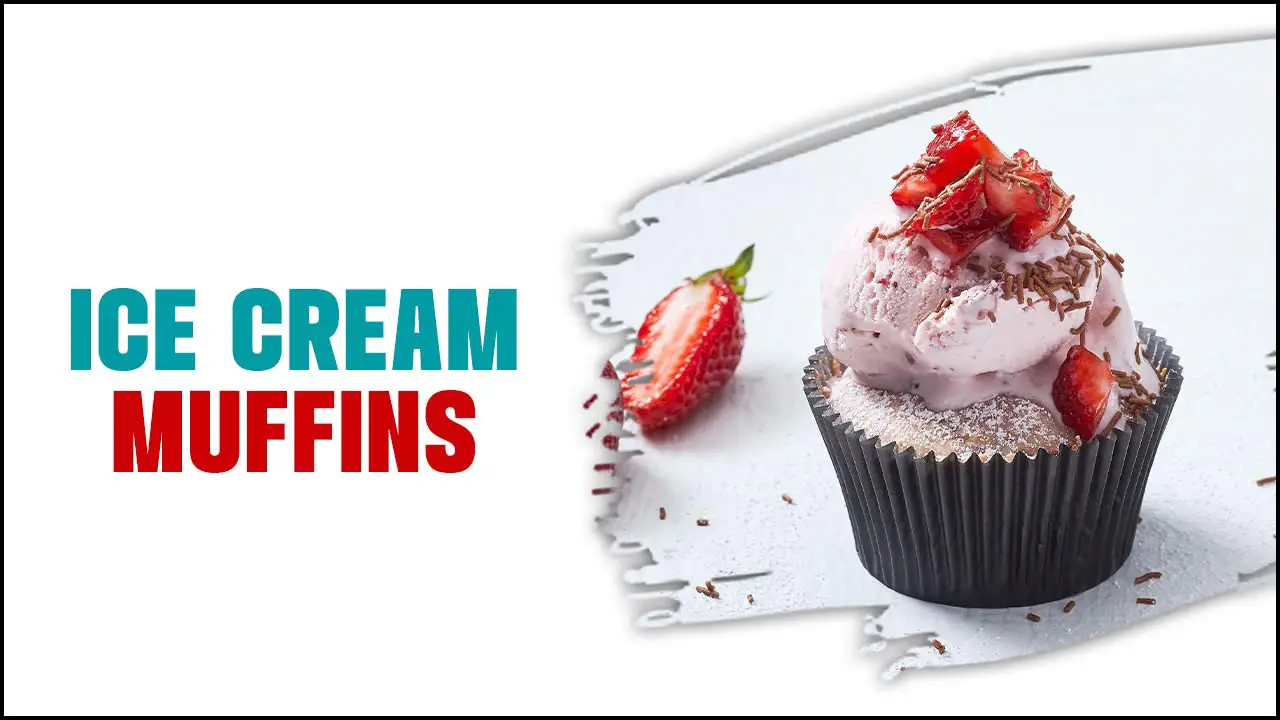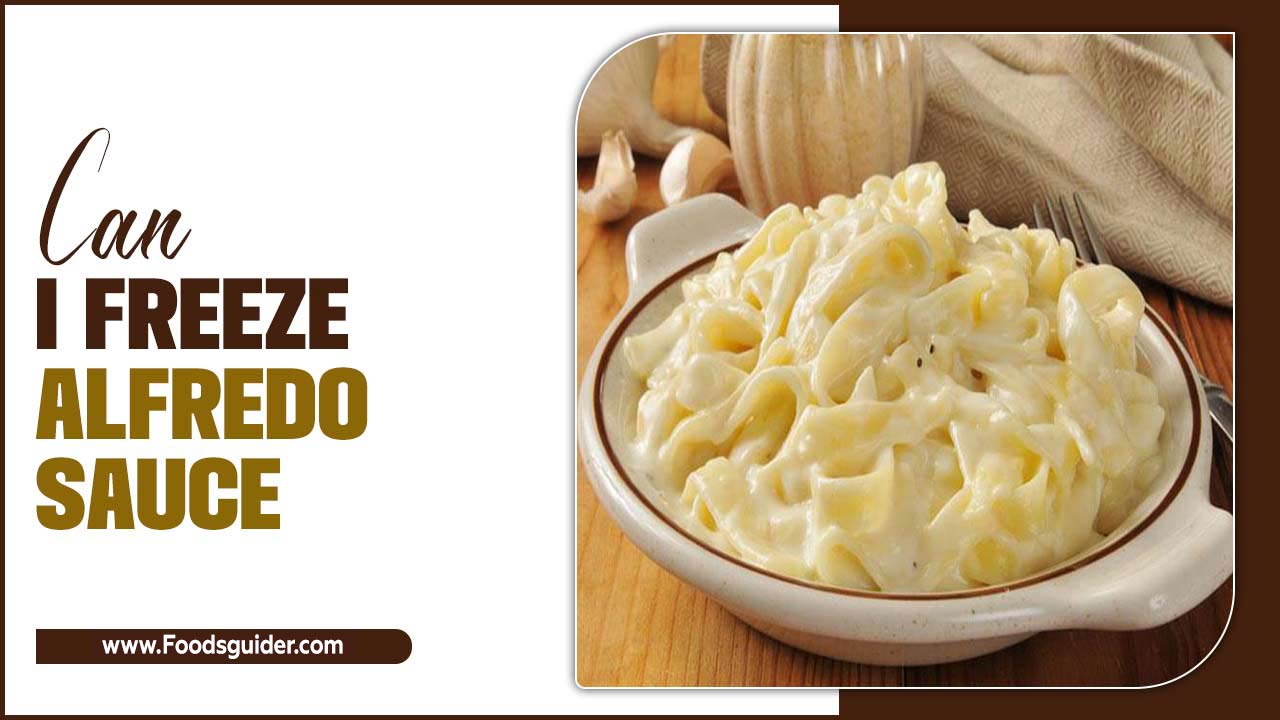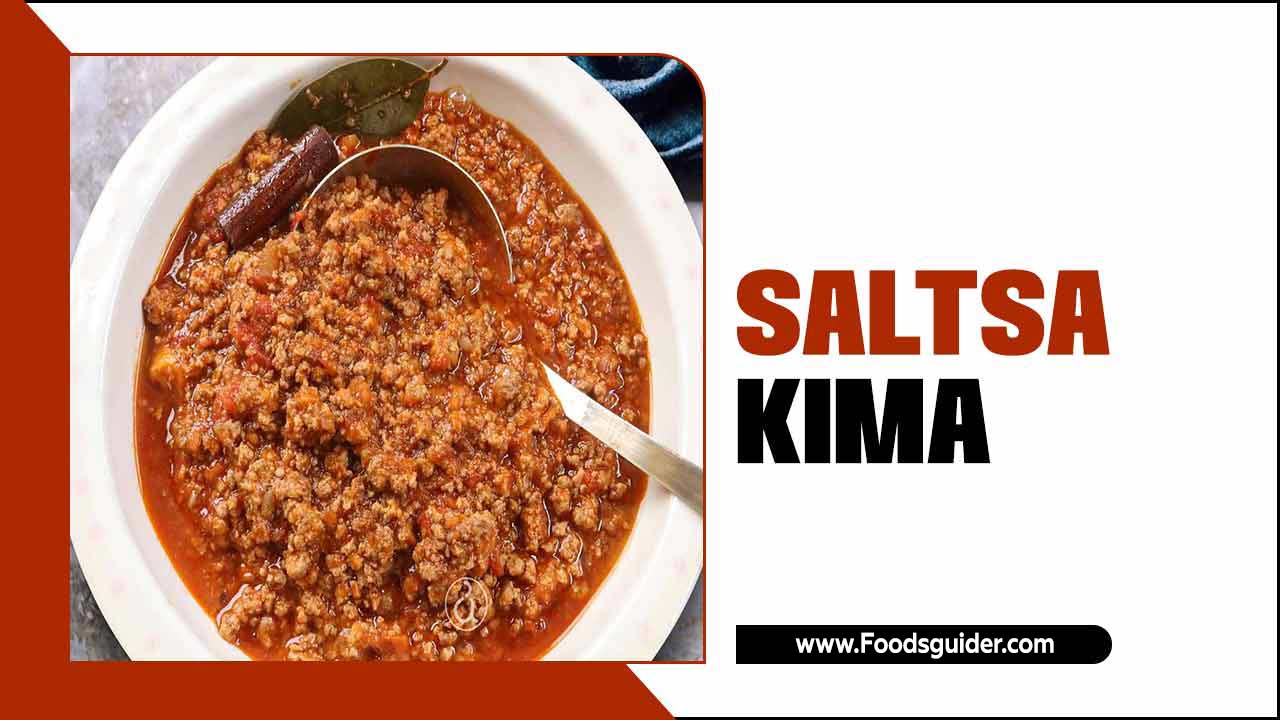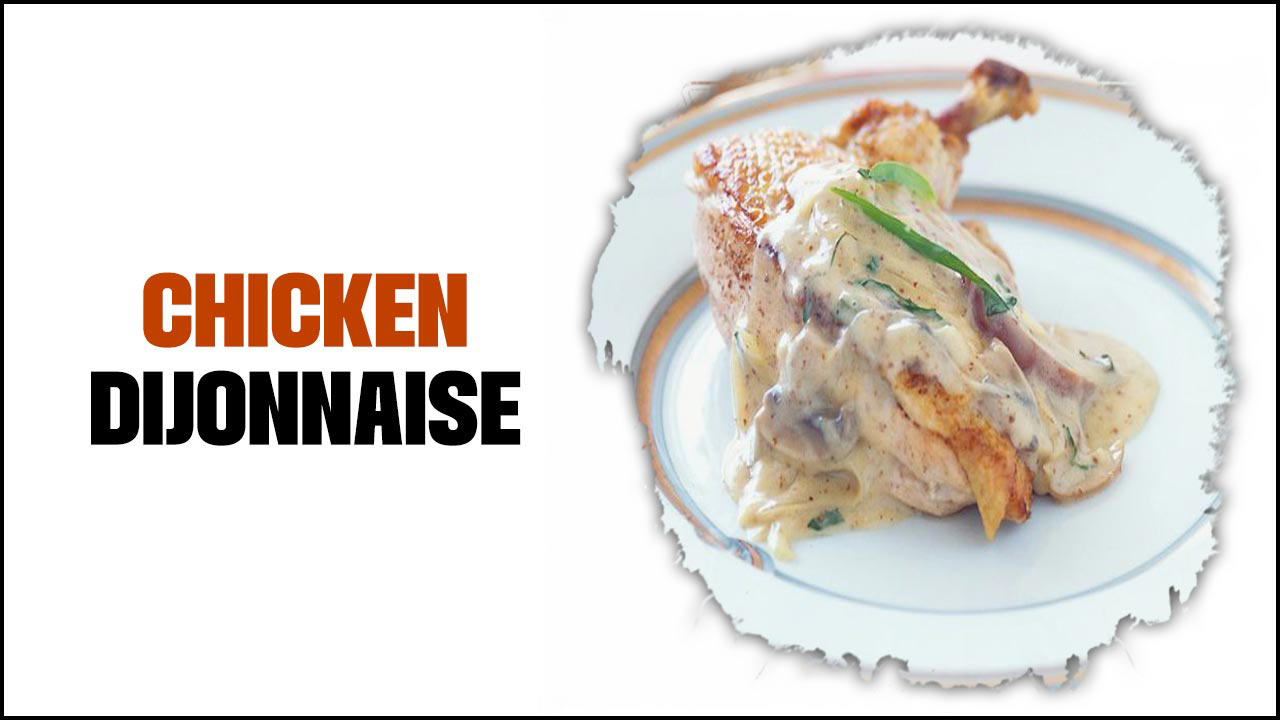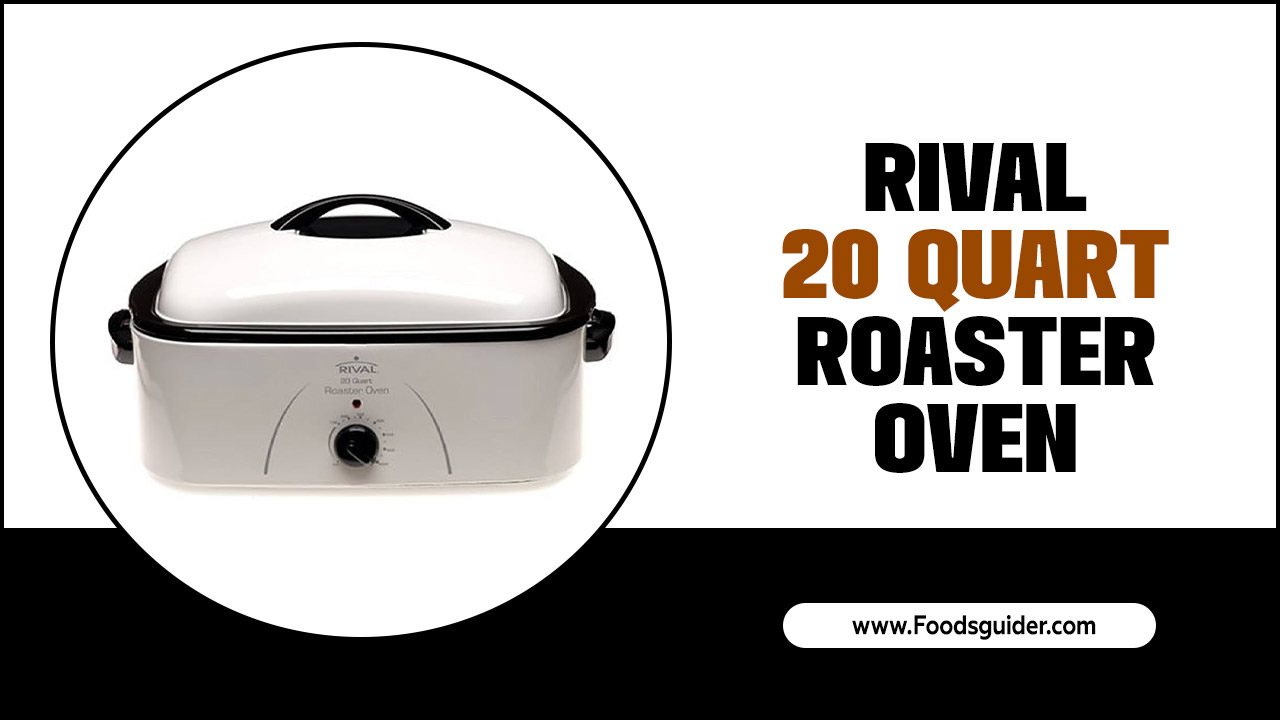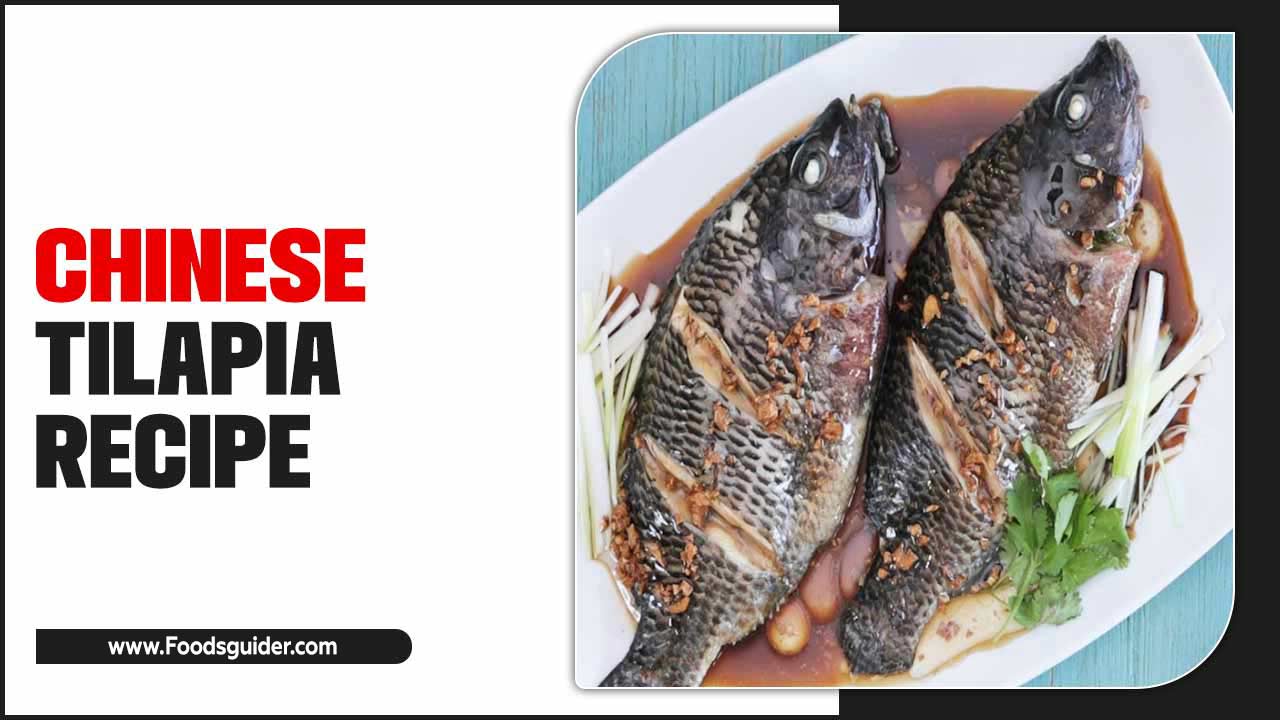Your Umbria Norcia Truffle Tour: An Essential, Beginner-Friendly Guide to Finding Italy’s Black Gold.
Embarking on an Umbria Norcia truffle tour is a delightful adventure for any food lover. Imagine the thrill of searching for these hidden gems in the picturesque Italian countryside. If you’re wondering about the best way to experience this unique culinary quest, you’ve come to the right place. This guide will walk you through everything you need to know, from what truffles are to how to book your perfect tour.
Discovering the Magic of Norcia Truffles
Welcome to FoodsGuider! I’m Joseph Bryant, and I’m thrilled to share the wonders of Italian cuisine with you. Today, we’re diving deep into one of Italy’s most prized culinary treasures: truffles from Norcia, a town nestled in the heart of Umbria. Norcia is often called the “City of Truffles,” and for good reason! The land here is perfect for growing some of the world’s most fragrant and flavorful black truffles. Joining a truffle tour is more than just a tasting; it’s an immersion into a centuries-old tradition, a chance to connect with nature, and an unforgettable foodie experience.
If you’ve always dreamed of the earthy aroma of freshly unearthed truffles and the joy of hunting for them like a seasoned expert, this guide is your starting point. We’ll break down what makes Norcia truffles so special, what to expect on a tour, and how to make the most of your truffle adventure. Get ready to discover the magic!
Why Norcia is a Truffle Paradise
Norcia, located in the Umbria region of Italy, is globally renowned for its exceptional truffle production. This famed area boasts a unique microclimate and soil composition that creates the ideal environment for various truffle species to thrive. The most sought-after among these is the Black Winter Truffle (Tuber melanosporum), highly prized for its intense aroma and rich, musky flavor. Another gem found here is the Black Summer Truffle (Tuber aestivum), which, while milder, offers a delightful earthy essence.
The natural landscape surrounding Norcia, characterized by rolling hills, ancient woodlands, and a distinct karst topography, provides the perfect habitat for these subterranean fungi. The symbiotic relationship between the truffles and the roots of specific trees, such as oak, hazelnut, and holm oak, is crucial for their growth. This fertile ground, combined with traditional harvesting methods passed down through generations, ensures the quality and abundance of Norcia’s truffles.
The art of truffle hunting, or cerca del tartufo, is deeply ingrained in the local culture. Historically, truffle hunters relied on their keen sense of smell and knowledge of the terrain. Today, specially trained dogs are essential partners in the hunt, their superior nose guiding hunters to the hidden treasures beneath the soil. This age-old practice, harmonizing human skill and canine instinct, is what makes a truffle tour in Norcia such a fascinating and authentic experience.
What to Expect on Your Umbria Norcia Truffle Tour
An Umbria Norcia truffle tour is a hands-on, sensory adventure. It’s designed to be both educational and incredibly fun, offering an intimate glimpse into the world of truffle hunting. Here’s a breakdown of what you can typically expect:
The Truffle Hunt Itself
- Meeting Your Guide: You’ll usually meet your experienced truffle hunter (a trifolau) and their trusty dog or dogs. These guides are often local experts with generations of knowledge about truffle grounds.
- The Search: You’ll venture into the picturesque woodlands surrounding Norcia. The guide will explain the signs to look for – specific types of trees, soil conditions, and the behavior of the truffle dog.
- The Dog’s Role: Watch in amazement as the dog sniffs the ground, its tail wagging with excitement. When it catches a scent, it will start digging.
- Gentle Extraction: The hunter will carefully unearth the truffle, often using a small spade called a vanghetto, ensuring the truffle and the surrounding mycelium are not damaged.
- Learning About Truffles: Throughout the hunt, you’ll learn about different truffle species, how they grow, the best seasons for harvesting, and the symbiotic relationship they have with trees.
Post-Hunt Experience
The truffle hunt is often just the beginning of the culinary journey. Most tours include:
- Truffle Tasting: This is the delicious reward! You’ll typically get to taste freshly unearthed truffles, often prepared in simple but exquisite ways to highlight their flavor. Think truffle-infused pasta, bruschetta with truffle shavings, or truffle omelets.
- Local Delicacies: Beyond truffles, you might sample other Norcia specialties like cured meats (especially prosciutto and salami) and local wines. Norcia is also famous for its artisanal pork products.
- Cultural Insight: Your guide will likely share stories about the history of truffle hunting in the region and the significance of truffles in Italian gastronomy.
Types of Truffles You Might Find
While an Umbria Norcia truffle tour focuses on the stars of the region, it’s good to know what you might be digging for. The most common and prized truffles in this area include:
- Black Winter Truffle (Tuber melanosporum): This is the king of truffles, harvested from late autumn through winter. It has a strong, complex aroma and an intense, earthy, and slightly chocolatey flavor. It’s what most people envision when they think of gourmet truffles.
- Black Summer Truffle (Tuber aestivum): Available from spring to late summer, this truffle is less intensely aromatic than its winter cousin but still offers a delightful, albeit milder, earthy taste. It has a distinctive, diamond-like pattern on its outer skin.
- White Truffle (Tuber magnatum pico): While less common in Norcia compared to areas like Alba in Piedmont, white truffles can occasionally be found and are considered the most valuable and pungent of all truffles. They are typically found in autumn.
Your guide will help you identify the truffles discovered during your hunt, explaining their characteristics and potential uses.
Choosing the Right Umbria Norcia Truffle Tour
With several excellent options available, selecting the right tour is key to a memorable experience. Consider these factors:
Key Considerations for Booking:
- Tour Length and Inclusions: How long is the hunt? Does it include a meal? What is the tasting like? Some tours offer a full gourmet lunch, while others might have a lighter tasting.
- Group Size: Do you prefer an intimate, private experience or a small group tour? Private tours offer more flexibility and personalization, while group tours can be more budget-friendly.
- Seasonality: Truffle availability varies throughout the year. Ensure your tour is planned during the peak season for the truffle you are most interested in. The main truffle season in Norcia runs from October to March for the prized Black Winter Truffle.
- Guide’s Reputation: Look for tours with excellent reviews that highlight the guide’s expertise, passion, and the authenticity of the experience.
- Location: Most tours depart from Norcia itself, but check the meeting point and any transport arrangements.
Many reputable tour operators offer packages that combine truffle hunting with visits to local producers or historical sites in Norcia. It’s always a good idea to book in advance, especially during peak truffle season.
Planning Your Trip: Best Time to Visit Norcia for Truffles
The allure of Norcia truffles draws visitors year-round, but to maximize your chances of experiencing a successful truffle hunt and tasting the freshest finds, timing is everything. The truffle season in Norcia is primarily dictated by the different truffle varieties and their optimal harvest periods.
Peak Seasons for Truffles in Norcia:
- Black Winter Truffle (Tuber melanosporum): This is the most sought-after truffle and is typically at its best from late October through March. This period offers the strongest aroma and flavor.
- Black Summer Truffle (Tuber aestivum): For those visiting in warmer months, the Black Summer Truffle is available from May through August. While less potent, it offers a wonderful earthy note.
- White Truffle (Tuber magnatum pico): Although less common in this specific area compared to Piedmont, white truffles can be found from September to December and are celebrated for their intense, garlicky aroma.
Therefore, the ideal time for an Umbria Norcia truffle tour focused on the most prized varieties is during the autumn and winter months.
Beyond Truffles: Exploring Norcia
Norcia itself is a charming town rich in history and culinary tradition. Even outside of truffle season, it’s a wonderful destination. Known historically as the “salumeria” of Italy, Norcia is famous for its artisanal pork products, including prosciutto, salami, and the flavorful Norcia ham. The town also has a strong Benedictine heritage, being the birthplace of Saint Benedict.
A visit to Norcia can also include:
- Exploring the Historic Center: Visit the Piazza San Benedetto, the Basilica di San Benedetto, and the elegant Castellina.
- Food Shopping: Stock up on local delicacies like cured meats, cheeses, olive oil, and, of course, truffle products.
- Enjoying Local Cuisine: Savor traditional Umbrian dishes at local trattorias.
- Visiting Nearby Attractions: Discover the stunning Monti Sibillini National Park, with its breathtaking landscapes and hiking trails.
By visiting during truffle season, you get the best of both worlds: a thrilling truffle-hunting experience and the chance to explore a beautiful, historically significant Italian town. For more information on Italian culinary regions, the official tourism website for Italy offers extensive resources.
Preparing for Your Truffle Hunt
To ensure you have a smooth and enjoyable truffle hunting experience in Norcia, a little preparation goes a long way. Here’s what you should consider:
What to Wear and Bring:
- Sturdy Footwear: You’ll be walking in woodlands, often on uneven terrain. Comfortable hiking boots or waterproof walking shoes are essential.
- Layered Clothing: The weather in Umbria can change, especially in the autumn and winter. Dressing in layers will help you adapt.
- Weather-Appropriate Gear: Depending on the season, bring a waterproof jacket, hat, and gloves.
- Insect Repellent: Especially if you’re hunting during warmer months, though less of a concern during the typical winter truffle season.
- A Small Container: While your guide will have proper tools, you might want a small bag or container to hold any truffle-related items or to feel more involved.
- Camera: To capture the beautiful scenery and the excitement of the hunt!
- Cash: For any small purchases or tips, although many tours are fully prepaid.
What NOT to Bring:
- Shovel or Digging Tools: These are specialized tools, and attempting to dig yourself could damage the truffle or the environment. Your professional guide will handle this aspect.
- Unsolicited Dogs: Unless specifically arranged with the tour operator, please leave your pets at home. The truffle hunting dogs are highly trained professionals.
- High Heels or Fashionable Shoes: These are completely impractical for a woodland excursion.
Remember, the goal is an authentic experience rooted in nature and tradition. Comfortable and practical choices will allow you to fully immerse yourself in the adventure.
The Role of Dogs in Truffle Hunting
Dogs are indispensable partners in the art of truffle hunting, transforming a challenging task into a successful endeavor. Their incredible olfactory senses are far superior to those of humans, allowing them to detect the subtle yet distinct aroma of ripe truffles hidden beneath the soil.
Why Dogs are Essential:
- Exceptional Sense of Smell: A dog’s nose can contain up to 300 million olfactory receptors, compared to humans’ mere 6 million. This allows them to pick up on truffle scents from a considerable distance, even when buried several inches deep.
- Specific Training: Truffle dogs, often a mixed breed or a breed like the Lagotto Romagnolo (historically known as a truffle dog), undergo specialized training from a young age. They learn to associate the scent of truffles with a reward, typically food or praise.
- Locating, Not Destroying: A well-trained dog will sniff out a truffle and indicate its location, usually by pawing gently or scratching the surface. They are trained not to dig aggressively, which could damage the truffle.
- Efficiency: Without dogs, truffle hunting would be incredibly inefficient and reliant on sheer luck. Dogs drastically increase the chances of finding these elusive fungi.
- Bond with the Hunter: A deep bond of trust and communication exists between the truffle hunter (trifolau) and their dog. This partnership is a beautiful example of human-animal cooperation honed over centuries.
During your Umbria Norcia truffle tour, you’ll witness this remarkable synergy firsthand. It’s a fascinating aspect of the experience that highlights the tradition and skill involved. For those interested in the science behind scent detection in dogs, resources from organizations like the Purdue University College of Veterinary Medicine’s research on olfaction offer in-depth insights.
Truffle Etiquette and Sustainability
When you embark on your Umbria Norcia truffle tour, it’s important to be mindful of both etiquette and the principles of sustainable truffle hunting. These practices ensure that this delicate ecosystem can be enjoyed for generations to come.
Respecting the Land and Tradition:
- Listen to Your Guide: Always follow the instructions of your experienced truffle hunter. They know the best practices for finding truffles without damaging the environment.
- No Unauthorized Hunting: Truffle grounds are often private or protected. Only hunt with a licensed guide on designated properties.
- Gentle Digging: Allow the trained dog and experienced hunter to do the digging. Unskilled digging can destroy the truffle’s underground network (mycelium) and harm the host trees.
- Leave No Trace: Take all your belongings with you and avoid littering in the woodlands.
- Respecting Truffle Size: Sometimes, very small truffles are left behind to mature. Your guide will know the appropriate harvest sizes.
- Understanding Seasons: Harvesting out of season can negatively impact future truffle growth.
Sustainable truffle hunting ensures the long-term health of the forests and the continued bounty of these prized fungi. It’s a practice that respects nature’s rhythm and preserves a cherished culinary heritage.
FAQ: Your Umbria Norcia Truffle Tour Questions Answered
Here are some common questions beginner truffle hunters often ask:
Q1: What is the best season for an Umbria Norcia truffle tour?
A1: The prime season for the most prized Black Winter Truffles is from late October through March. For Black Summer Truffles, visit between May and August. Autumn and winter offer the most intense truffle flavors.
Q2: Do I need any special equipment for a truffle hunt?
A2: No, you don’t need specialized equipment. Your guide will provide the necessary tools. Just bring comfortable, sturdy walking shoes and weather-appropriate clothing.
Q3: What if we don’t find any truffles?
A3: Truffle hunting is a natural activity, and finding truffles isn’t always guaranteed. Reputable tours usually focus on the experience and education, often including a truffle tasting regardless of the hunt’s success. Sometimes, even if no truffles are unearthed during the hunt, the tasting will feature truffles sourced by the guide.
Q4: Can children participate in a truffle tour?
A4: Absolutely! Most Umbria Norcia truffle tours are family-friendly and make for an exciting educational activity for children, teaching them about nature and food in a fun way.
Q5: How much should I tip the truffle hunter and their dog?
A5: Tipping is a personal choice but is customary for excellent service. A common guideline is 10-15% of the tour cost, which you can give to the guide to share with their dog (perhaps in the form of a special treat).
Q6: What happens to the truffles found during the tour?
A6: Typically, the truffles found during the hunt are for the tasting portion of the tour. If you book a private tour, you might have the option to purchase some of the truffles you find, depending on the arrangement with your guide.
Q7: Are there any alternative truffle experiences if I can’t do a hunt?
A7: Yes! Many restaurants in Norcia and


